‘Come and look at this human stomach!’ says one excited visitor. It’s a statement that would seem creepy in most contexts but makes a certain sort of gruesome sense in front of the gleaming cases of the Hunterian Museum, where a human stomach is one of the more appetising items on display.
Newly reopened after a six-year restoration, at the Royal College of Surgeons, the Hunterian Museum contains several thousand specimens, both human and otherwise, preserved in endless rows of glass jars. As well as stomachs, there are teeth, bones, eyeballs, prosthetic noses, syphilitic skulls, shrivelled limbs, kidneys, gallstones, bits of intestine, cancerous testicles, brains, livers, and two entire shelves of human foetuses in ascending order from 11 weeks to birth. Some of these items are truly staggering, such as the human penis, dyed red so it glows like an apoplectic saveloy.
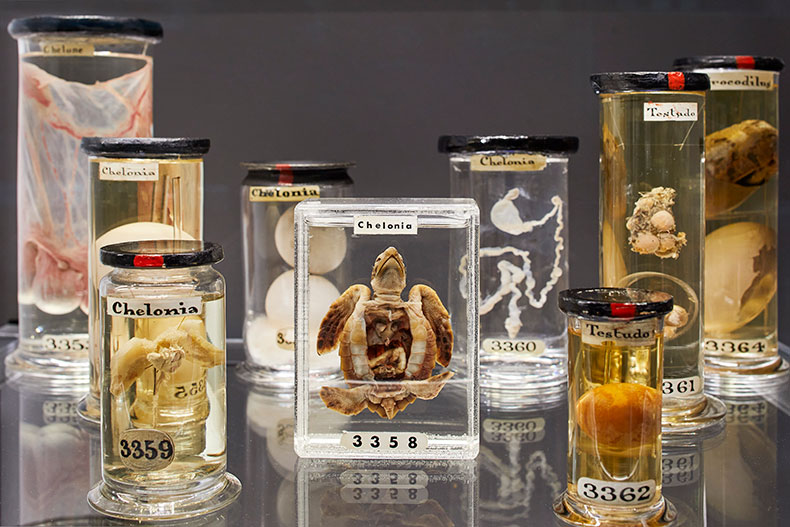
Installation view of the permanent collection at the Hunterian Museum. Photo: courtesy the Hunterian Museum
The animal remains are equally astonishing; everywhere you look, something weird is staring back. It might be a wombat or the skeleton of a narwhal. It could be the immense diseased molar of a bull elephant, a fruit bat, a flying squirrel, an ostrich ovary or an aardvark foetus. In these surroundings, even the relatively mundane – a bulbing onion, for instance – takes on a fascinating alien appearance. It’s all taken from the collection of John Hunter, an 18th-century Scottish anatomist and surgeon who gathered specimens to educate himself and others, eventually opening a museum in Leicester Square. Over time, the collection fell into the possession of the Royal College of Surgeons. The museum closed in 2017 for renovation and a rethink, with curators having to account for changing sensibilities around the display of human remains.
Hunter collected widely and without any real consideration about what it might mean to draw into his ownership the skeleton of, say, Charles Byrne, an Irish man who grew to more than eight feet. Treated as a freak his entire life, Byrne was terrified that after death he would wind up in Hunter’s collection. He asked friends to seal him in a lead coffin and dump him in the sea but instead they sold his corpse to Hunter. It’s an episode that Hilary Mantel dramatised in The Giant, O’Brien. For centuries his skeleton was a centrepiece of the museum. After much debate, it has been removed from public display.
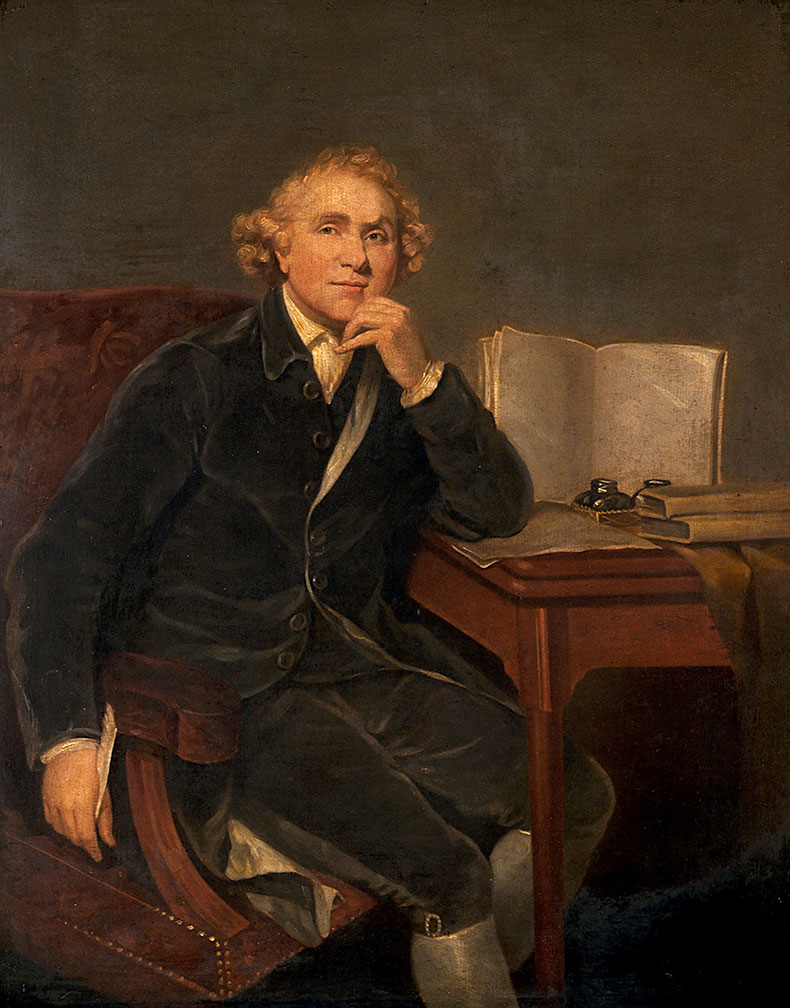
The Scottish anatomist and surgeon John Hunter, painting after Joshua Reynolds. Wellcome Collection. Public domain
It’s worth noting that Hunter’s methods – which included vivisection and bizarre experiments such as grafting a cockerel’s testicles onto the abdomen of a hen – were controversial at the time. But a sense of what drove Hunter can be found in one display case, which mentions in passing that only two of his four children made it to adulthood. Even for the offspring of a wealthy surgeon, death loomed. Hunter’s mission was to cure ailments, reduce suffering and extend life. He studied the natural world in his desire to achieve this. He conducted countless experiments and was drawn to quirks of anatomy such as how a camel stomach survived with no water or what happened to the innards of a man who died of rabies – both camel stomach and rabies-infested organs are on display, should you be interested. He had some successes, including the first recorded artificial insemination.
The rearranged collection takes up ample space behind the retained facade of the Royal College. It tells the story of Hunter and his collection within the wider context of surgery from the Neolithic age to today. It’s vast but was once vaster still – thousands of items were destroyed in the Second World War. That still leaves a huge number of diseased organs and twisted limbs on which to gaze, plus the odd skeleton, like that of the hanged thief Jonathan Wild. Hunter bought bodies from grave robbers, but the collection focuses mostly on patients that Hunter treated – not always successfully – who suffered a range of bewildering and eye-catching diseases.
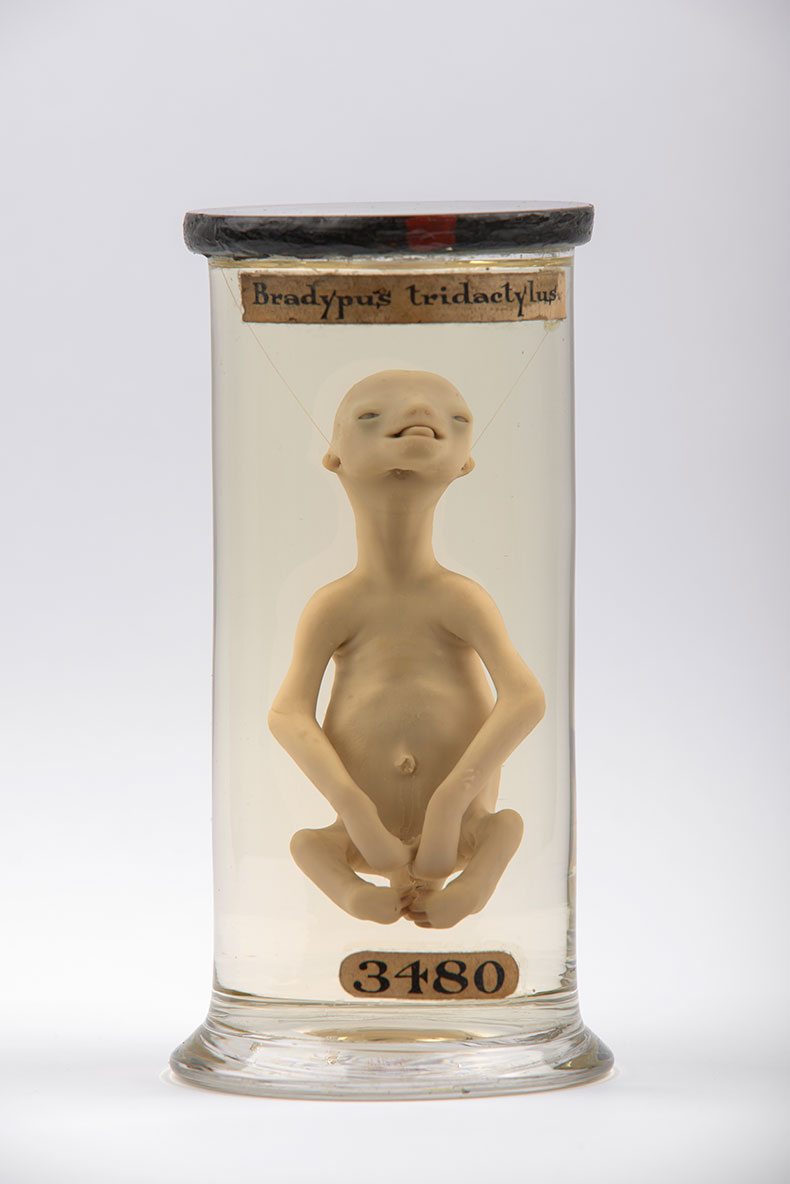
A sloth fetus. Photo: courtesy the Hunterian Museum
The museum directly connects Hunter’s experiments with modern surgery. The final rooms celebrate the evolution and achievements of modern medicine from plastic surgery to heart transplants – outright wonders that it’s easy to take for granted because, frankly, even a 3D-printed titanium skull isn’t quite as cool as the foetus of a sloth in a test tube. One of the final display cases warns sternly of the ‘next pandemic’, but arguably the victory of science over Covid has made us even more blasé about our achievements. It’s a casual response to the miracles of science that would surely horrify Hunter.
The Hunterian Museum at the Royal College of Surgeons, London, is now open.
Unlimited access from just $16 every 3 months
Subscribe to get unlimited and exclusive access to the top art stories, interviews and exhibition reviews.

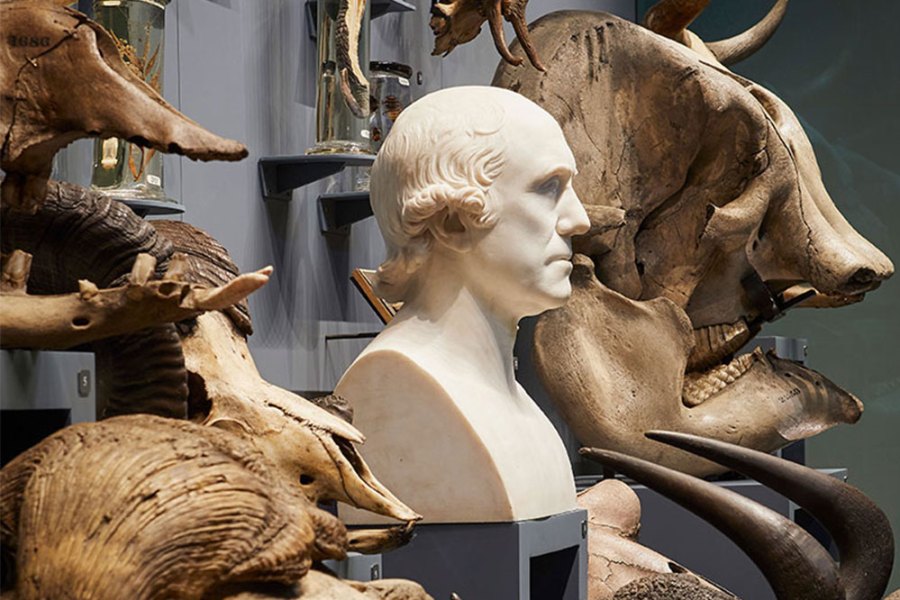
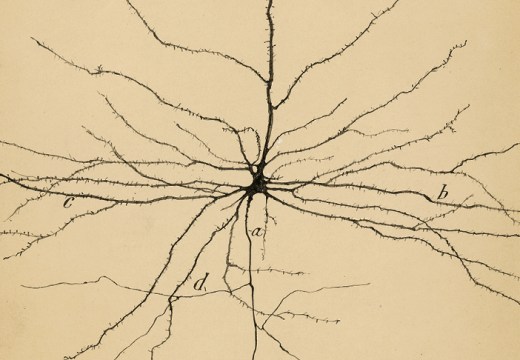
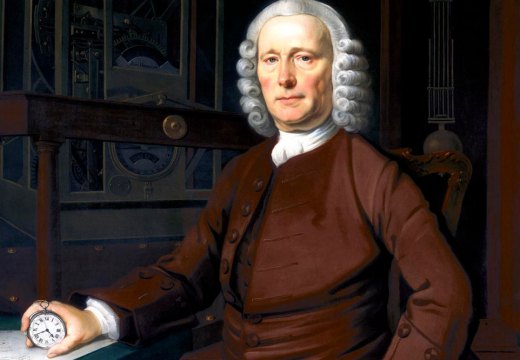
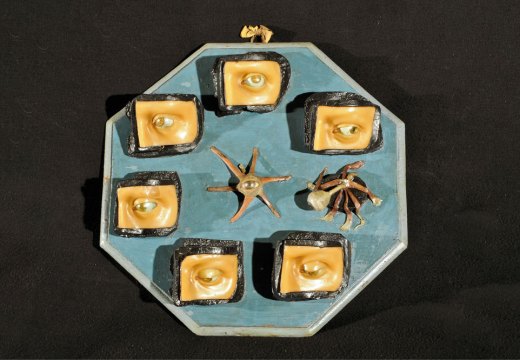









![Masterpiece [Re]discovery 2022. Photo: Ben Fisher Photography, courtesy of Masterpiece London](http://www.apollo-magazine.com/wp-content/uploads/2022/07/MPL2022_4263.jpg)
Has arts punditry become a perk for politicos?